Banish boredom with pocket play kits
You're in a public place. The children are cranky. And you have an impending sense of doom. Things are about to fall apart. Pocket Play Kits to the rescue!

You’re in a restaurant, and you can feel your chest tightening.
The food still hasn’t arrived and things are about to tip over.
We’ve all been there. Will they behave for long enough for us to eat and get out before there’s a meltdown?
Daddy! We want the phone!
No. You know we don’t have phones at the table.
It’s tempting to let them have it. It will keep them quiet. But we’re setting a precedent and it will come back to bite us.
You let us have it last time!
Oops! We’ve painted ourselves into a corner.
Why can’t they just play?
Internet famous, sort of
“You’re Alexis from 100 Toys, aren’t you?”
It’s the only time I’ve ever been recognised in my life.
A customer had spotted me in a cafe. I was alone with my four children, aged 4, 3, 2 and 6 months. Everyone was hungry - and the food was late :(
Now I was sweating. The pressure was on! How long before the toddler pinched her preschooler brothers? When was the baby going to start throwing her food?
I was the make-do-with-everyday-materials evangelist. And now I had an audience. I had to walk the talk.
My reputation was on the line!
Fortunately, an idea had been bubbling up from my subconscious. Over the years, I had watched parents pull a favourite toy out of their bag in such moments, averting disaster and restoring peace to the kingdom.
I’d tried this myself a few times and, while it worked for a while, the fun soon waned. You were too reliant on pulling one rabbit after another out of your hat. And even magic hats run out of rabbits, eventually.
There had to be a better way.
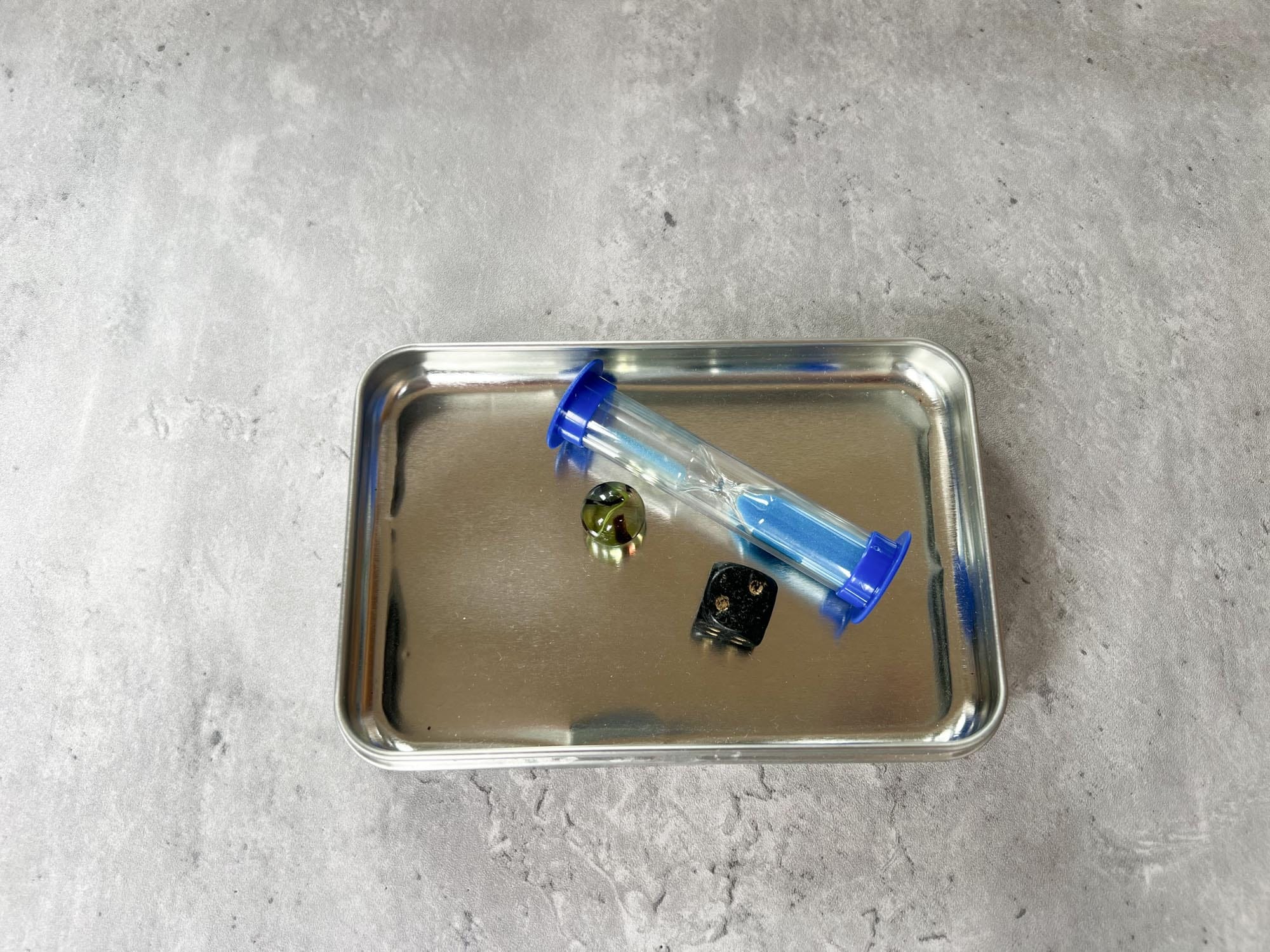
My first pocket play kits
Longtime readers will know the story of my son pulling a sand timer, a marble and a die out of his pocket on a tediously long day trip. He kept us entertained for hours.
It’s not how many toys you bring, it’s their play potential. It’s how many different ways you can make them combine.
His collection was the perfect encapsulation of a pocket play kit.
So when that customer spotted me in the restaurant, I was ready for action. I had come prepared.
On that occasion, it was a Brio tunnel, a train, just two lengths of track, a little LED light and some paper clips…
“I love your website”, she said as she got up to leave. “I tell all my friends about it”.
Phew!
What is a pocket play kit?
It’s simply a small, portable collection of open-ended materials that spark creativity, problem-solving, and surprise.
The key? Each kit introduces an element of chance – rolling, spinning, shuffling, or drawing – to keep play engaging and unpredictable. Just like board games use dice, spinners, and chance cards to add excitement, these kits turn simple objects into spontaneous, ever-changing challenges.
Here are five pocket play kits that fit in your bag but unlock big play potential.
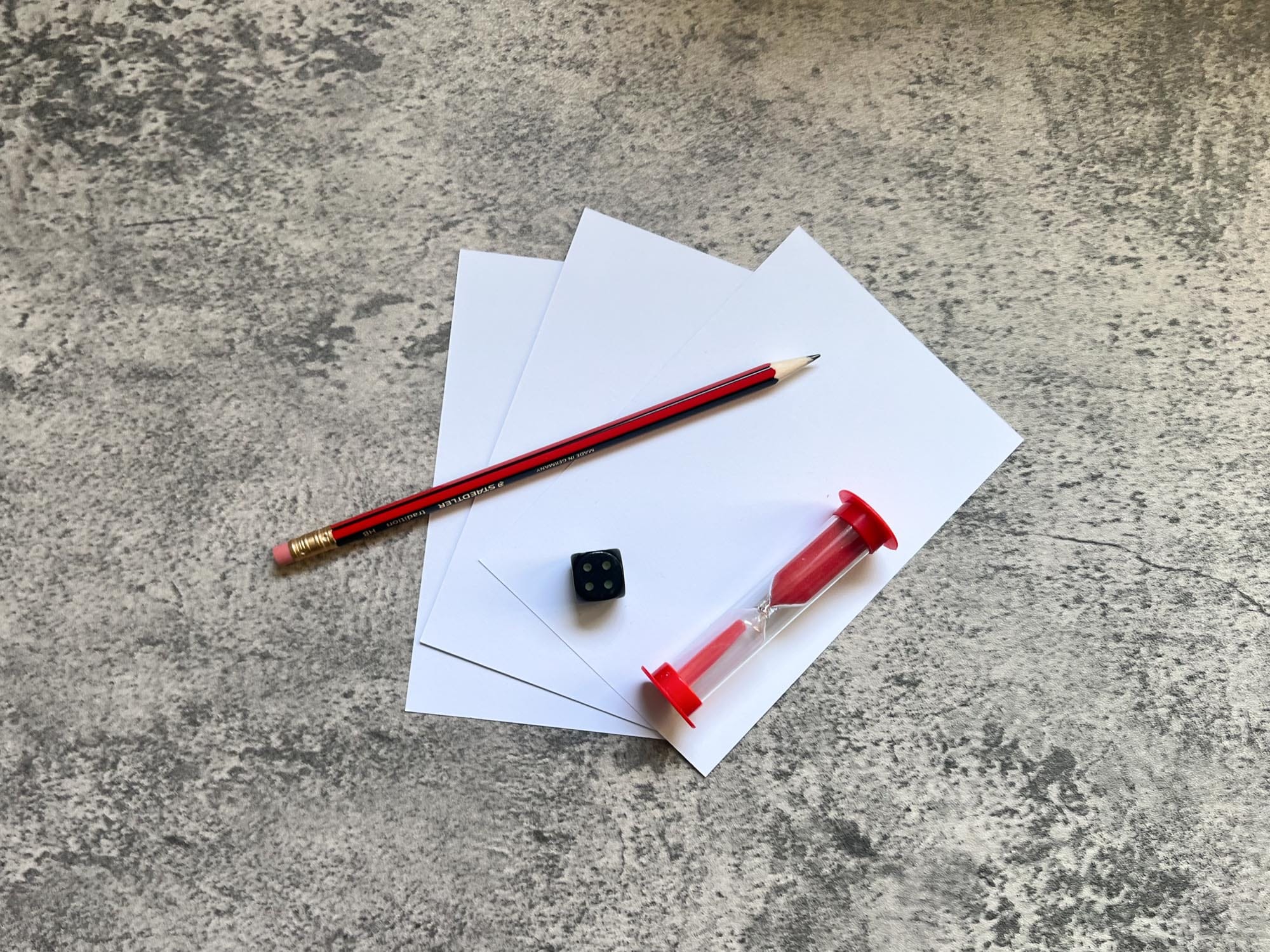
1. The DIY game maker kit
What’s inside?
- A six-sided die
- A sand timer
- A small stack of blank index cards and a pencil
How it works.
- Roll the die. The number rolled decides what to do next! (e.g. “Run around the table three times” or “Balance on one foot for ten seconds”).
- Draw a challenge card. Players take turns writing random tasks or dares. Shuffle them up and pick one!
- Beat the timer. Can you complete your task before time runs out?
Why it works. The combination of chance and choice makes every game different. Your child becomes the rule-maker!
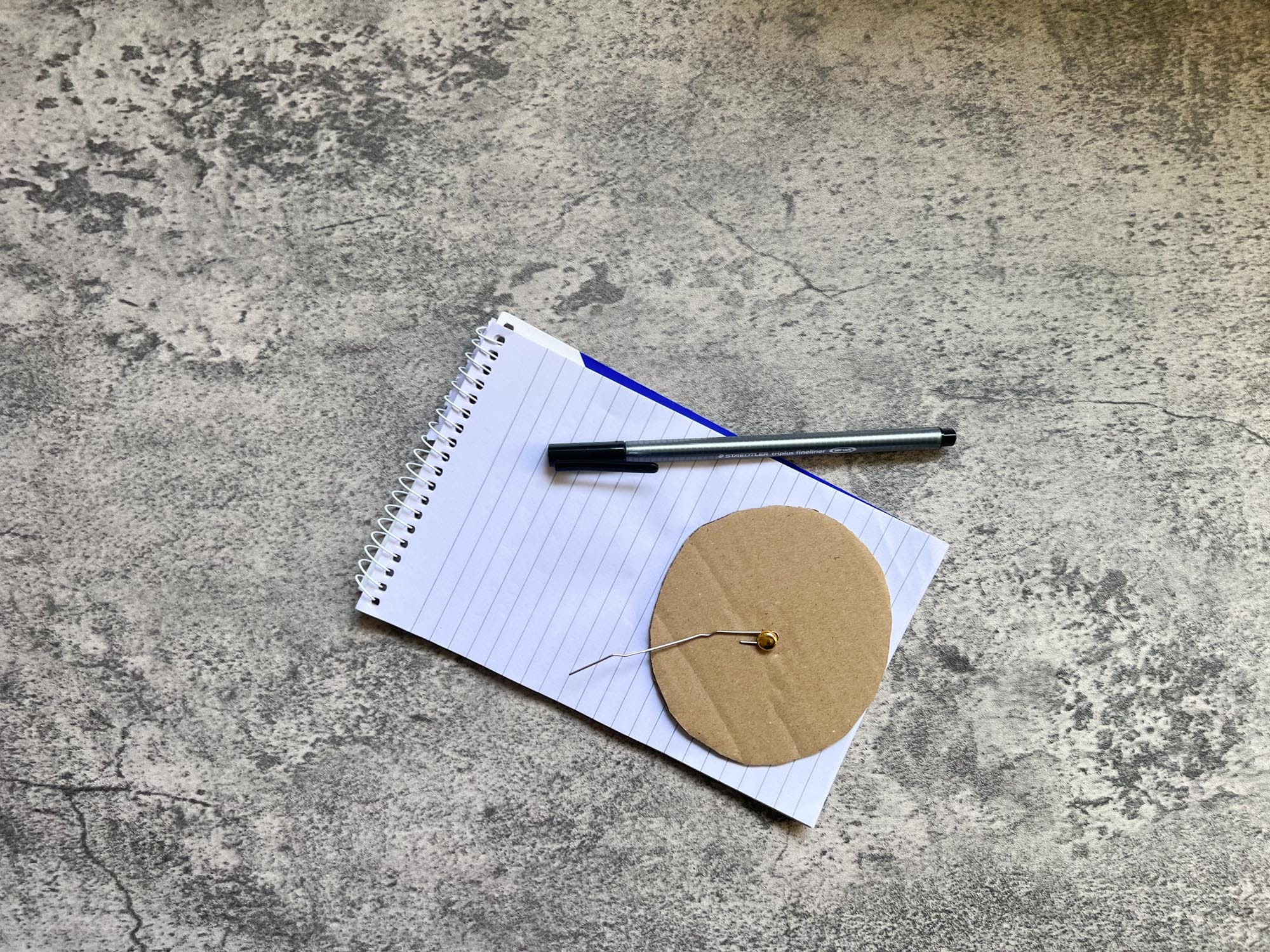
2. The spinner surprise kit
What’s inside?
- Split pin and paper clip (to create a simple DIY spinner)
- A small circle of cardboard (pre-cut with sections to write in)
- A tiny notebook and pencil
How it works.
- Your child makes her own spinner by attaching a part-opened paperclip to the cardboard with a split pin.
- She writes different categories on the spinner (e.g. “Act it out”, “Sing a song”, “Tell a joke”).
- She spins and completes the action!
Why it works. Spinners remove decision fatigue – just spin and go!
3. The mystery match-up kit
What’s inside?
- A tiny drawstring bag
- Six to eight random small objects (e.g. a paperclip, a marble, a feather, a button, a rubber band, etc.)
- A small stack of blank cards
How it works
- Your child draws two random objects from the bag. Now she must invent a game using both!
- She writes down rules for future games on the blank cards.
- Add a challenge. Roll a die to determine how many seconds or minutes the game lasts.
Why it works
This forces your child to think creatively and improvise new ways to play.
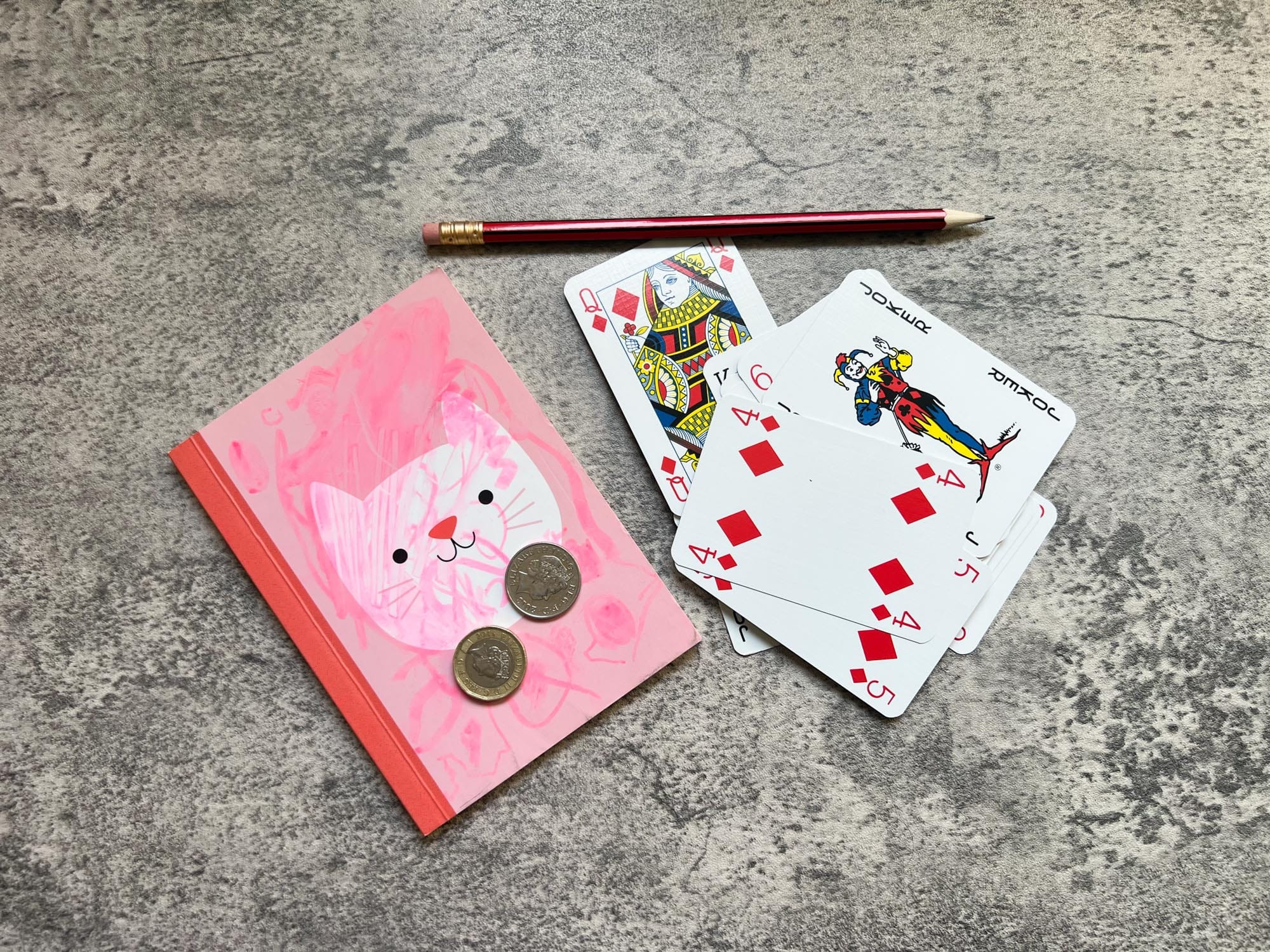
4. The flip-a-fate kit
What’s inside?
- A coin
- A mini deck of playing cards
- A small notepad and pencil
How it works
- Flip the coin. Heads = go forward, tails = go back. (Works well for treasure hunt-style games!)
- Draw a playing card. Red = she gets a challenge, black = she gets a reward.
- Write and modify your own game rules in the notepad!
Why it works. Coins and playing cards introduce randomness, making each round feel fresh and surprising.
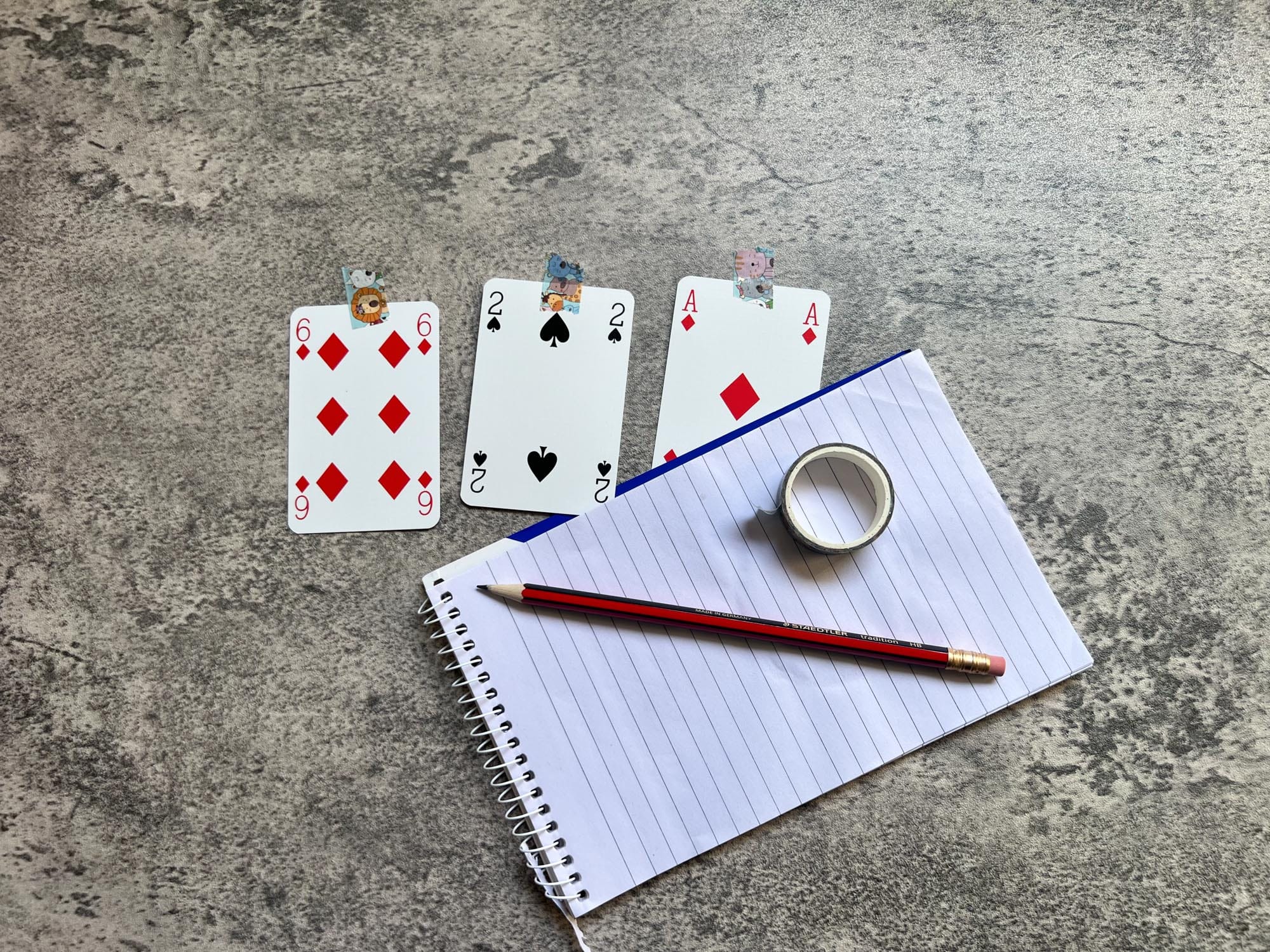
5. The secret code kit
What’s inside?
- A small numbered padlock
- A roll of washi tape
- A set of number cards (or a die)
- A tiny notebook and pencil
How it works
- One child sets up the secret code challenge by choosing a 3- or 4-digit combination for the padlock.
- She hides clues around the space that lead to each digit in the code.
- The other players must solve the puzzles to reveal the correct numbers and unlock the padlock!
Ideas for number-based clues
- Roll to reveal – Hide a die inside a box or under a cup. The number rolled is the first digit of the code.
- Maths mystery – Write a simple sum (e.g. “4 + 3 = ?”) on a clue card. The answer is the next digit.
- Hidden in plain sight – Tape a number card to the back of a chair, under a table, or inside a book. Players must search to find it.
- Step counter – “Take seven steps from the sofa to the bookshelf. What number do you find there?”
- Mirror writing – Write the next digit in reverse on a clue card. Players must hold it up to a mirror to read it.
- Rubbing reveal – Write a number in pencil on a sheet of paper, then erase it lightly. Players rub over the paper with a crayon to reveal the hidden number.
- Water surprise – Write a number on a piece of paper using white crayon. Players must brush over it with watercolours to reveal it.
- Torchlight message – Write a number in UV pen (or with a faint pencil mark) and hide it in a dark room. Players must shine a torch to reveal it.
- Jigsaw numbers – Cut up a clue card with the number on it. Players must put it back together before they can read the digit.
- Final challenge – Once all digits have been discovered, players try to enter the code into the lock and crack the puzzle!
Why it works
- Encourages problem-solving and logical thinking.
- Introduces a sense of mystery and adventure.
- The element of chance (rolling a die, searching for hidden clues) keeps it exciting.
- Children love the physical reward of unlocking the padlock at the end!
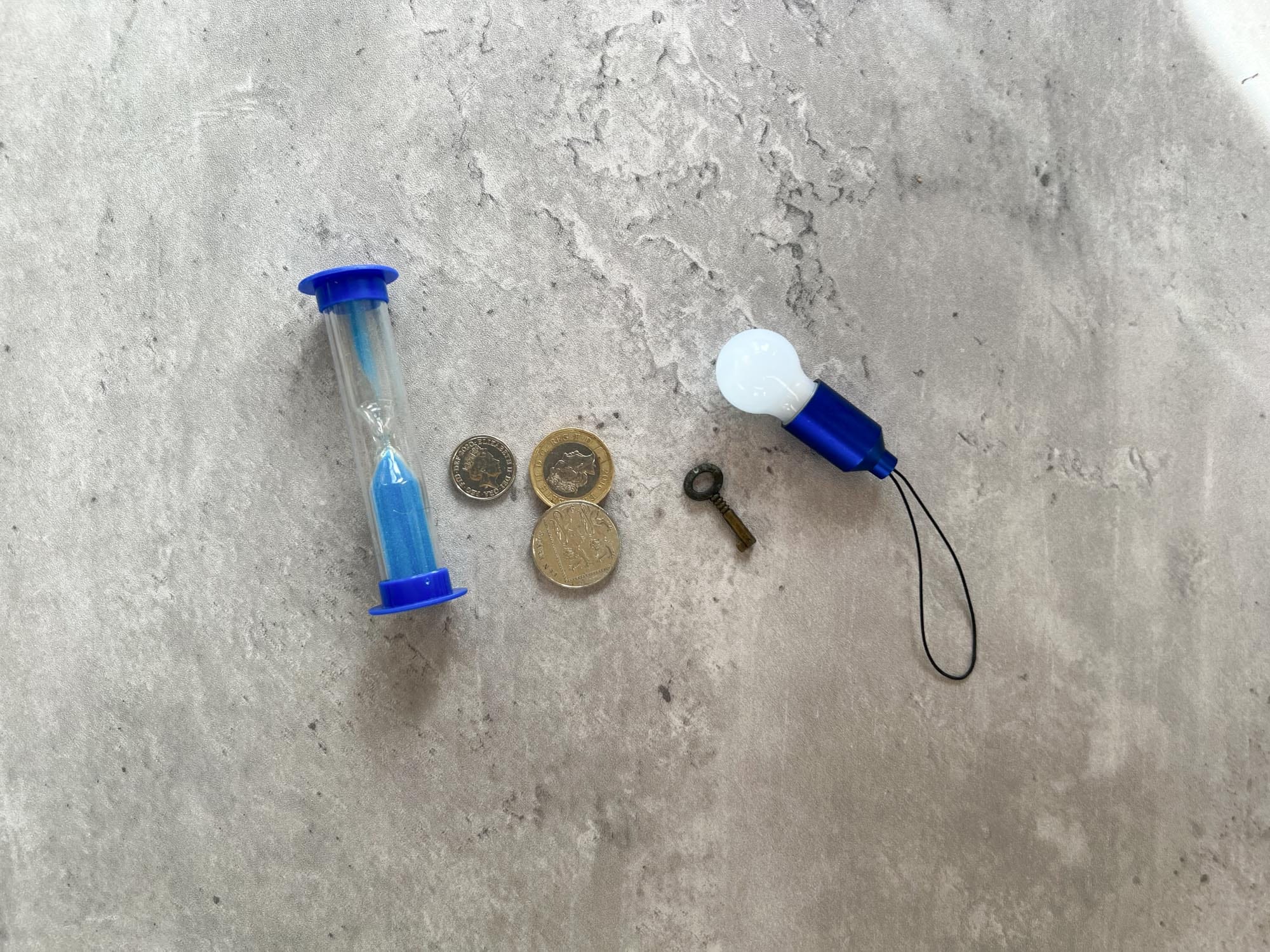
Why pocket play kits work
- Small but mighty. Everything fits in a pocket or small bag.
- No instructions needed. Your child creates the fun herself.
- Endless variation. Chance-based elements keep it fresh.
- Screen-free entertainment. Perfect for travel, waiting rooms, or downtime.
Final word: the real magic of pocket play kits
What I love most about pocket play kits is that they reveal something profound about play itself. It's rarely about the toys - it's about the possibilities they create.
When we're desperate to keep our children entertained, we often reach for more - more toys, more activities, more screens. But as my son showed me with his three good things, less is often more when it comes to truly engaging play.
These tiny collections work because they balance structure with freedom. The element of chance provides just enough direction to get started, while the open-ended materials allow for creativity to flourish. It's this perfect balance that keeps children coming back for "just one more game."
Start small. A container from your recycling bin, three simple objects, and one element of chance. That's all you need for your first pocket play kit. Keep it in your bag, your glove compartment, or yes - even your pocket.
The next time you find yourself in that restaurant, waiting room, or on that long journey with restless children, you'll be prepared. Not with an arsenal of distractions that quickly lose their appeal, but with a tiny toolkit for imagination.
And perhaps the most magical part? Watching your child discover that she doesn't need much to create her own fun - a lesson that serves them long after the meal is over.
What will your pocket play kit contain?
Read this next:
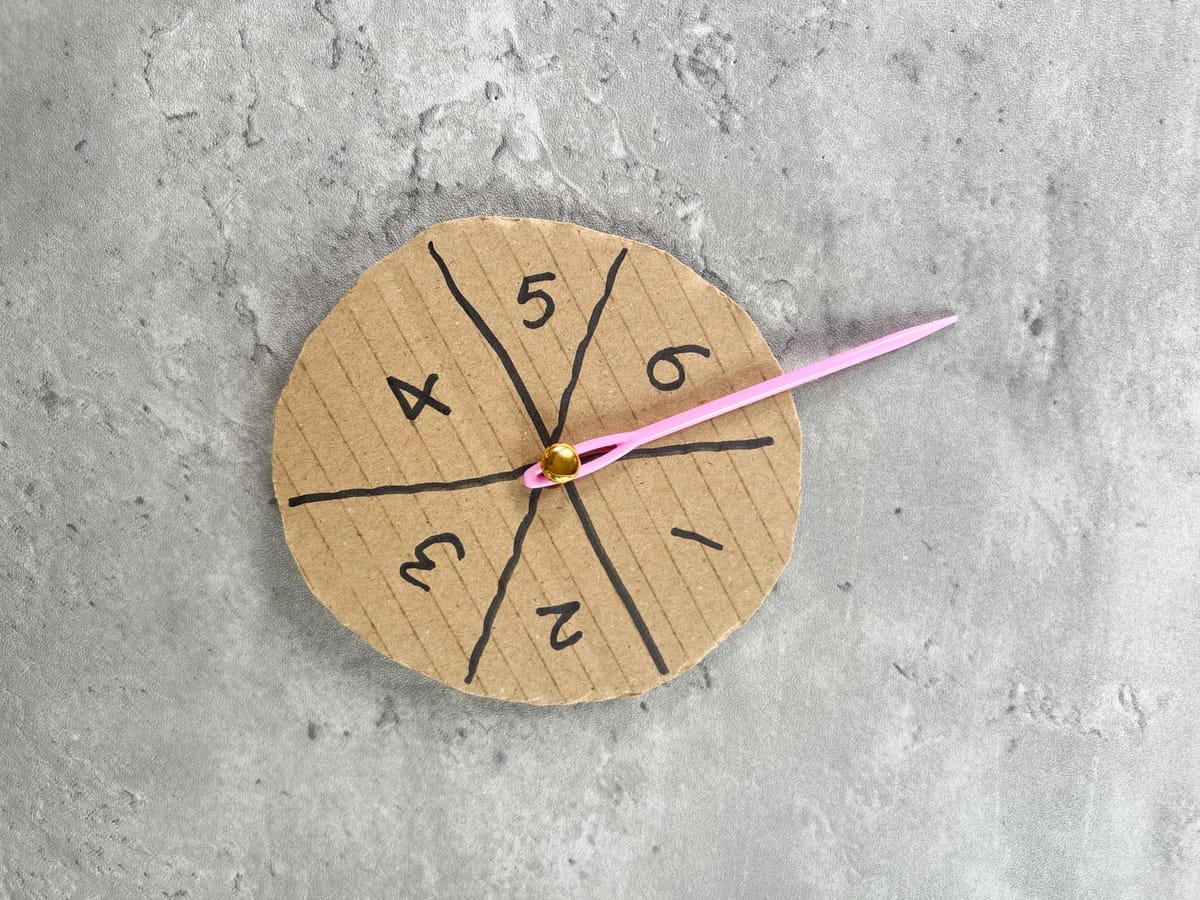
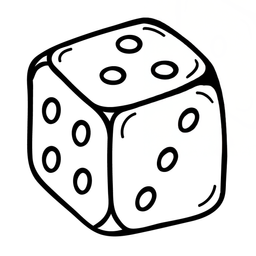
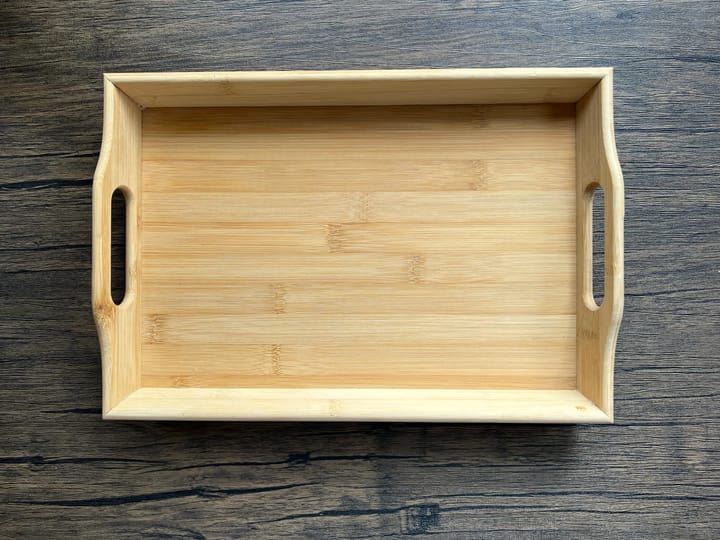

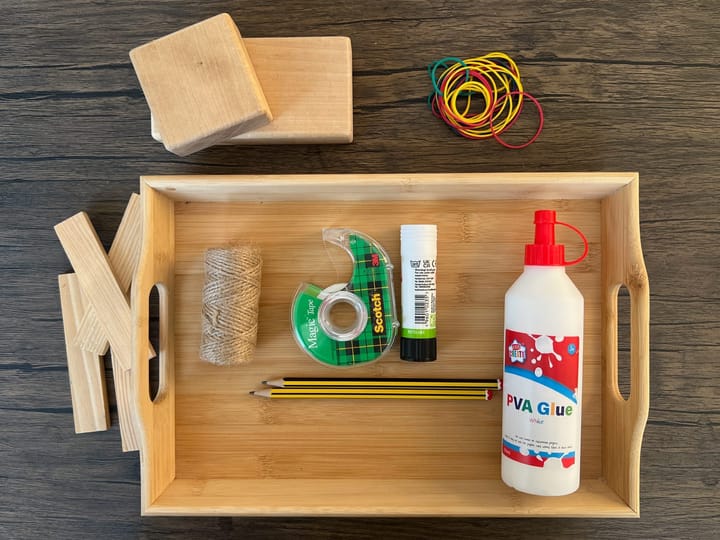
Comments ()